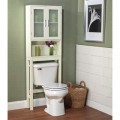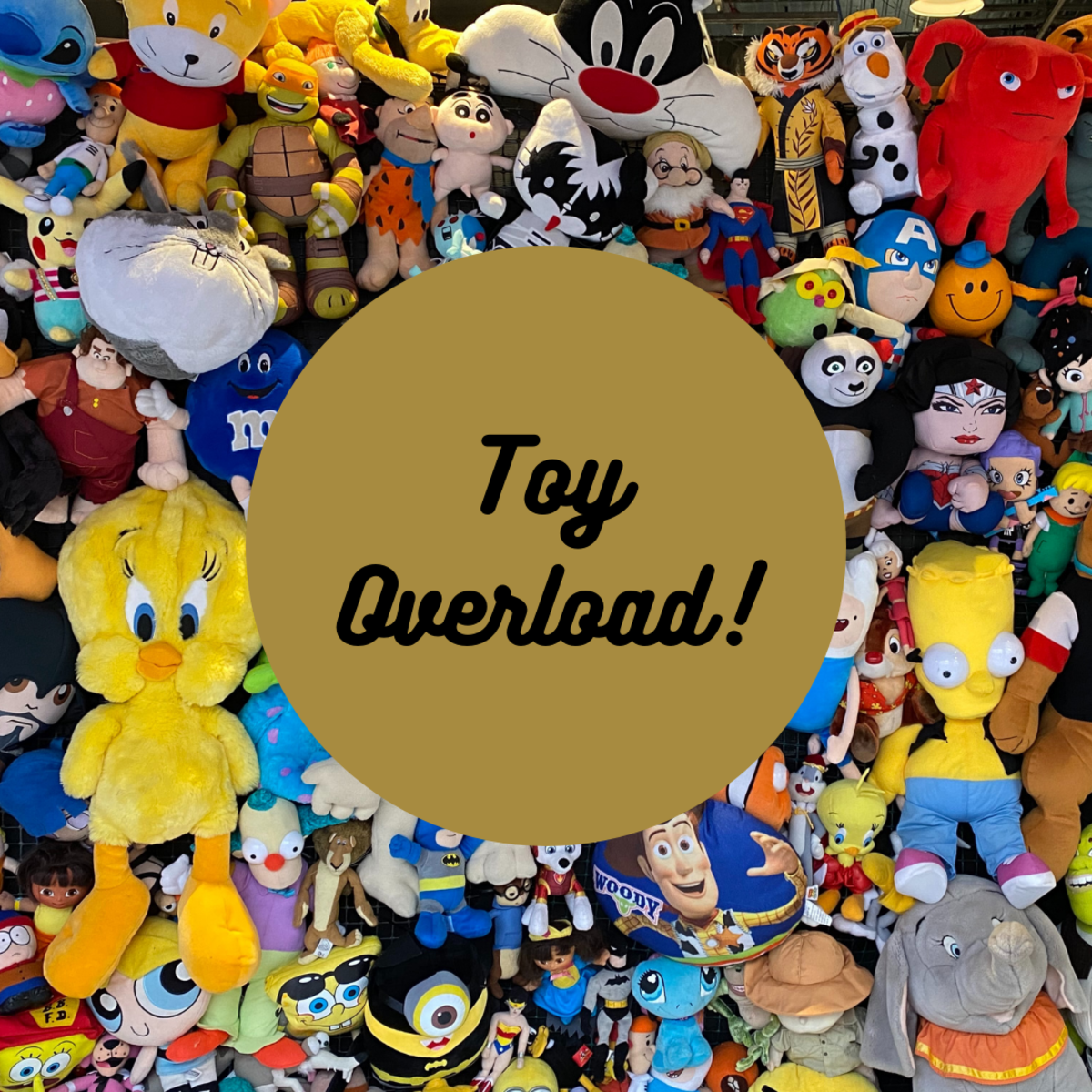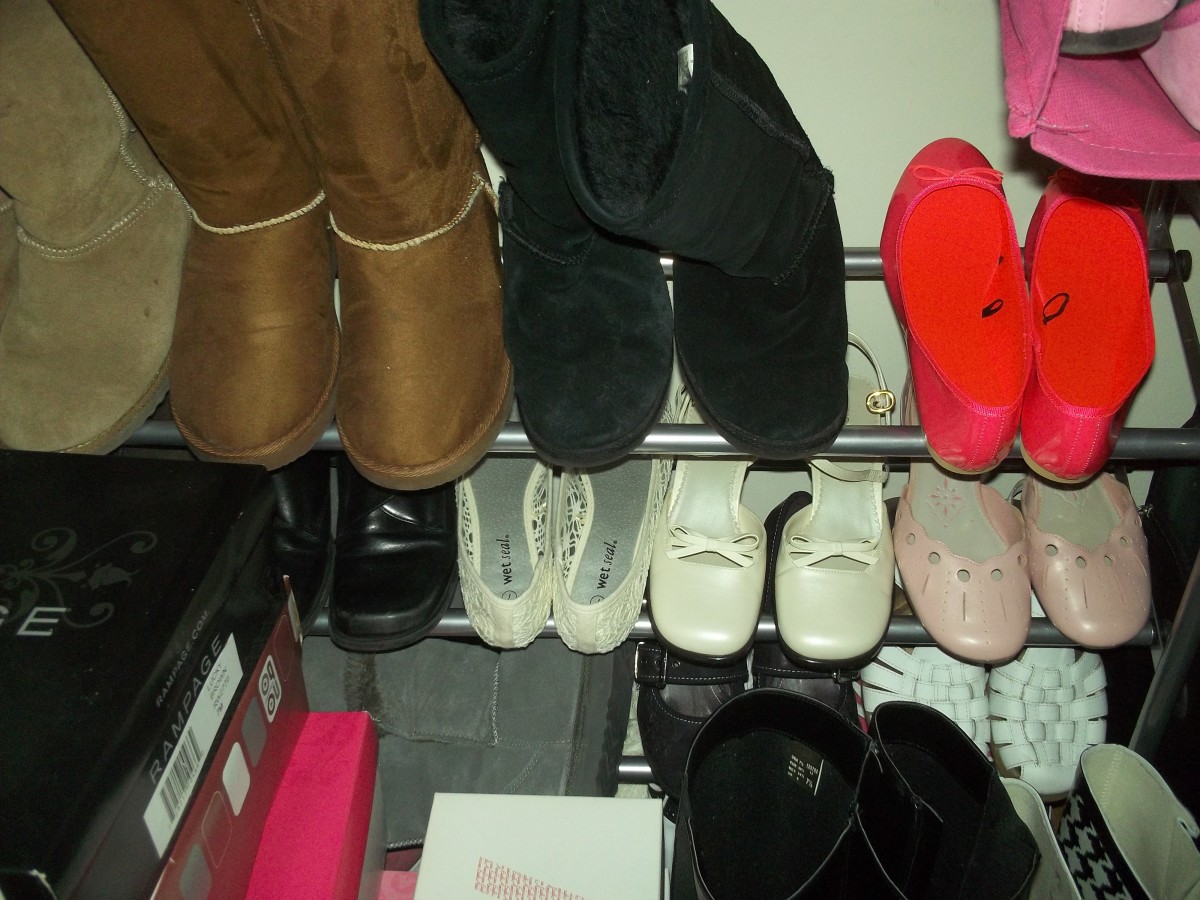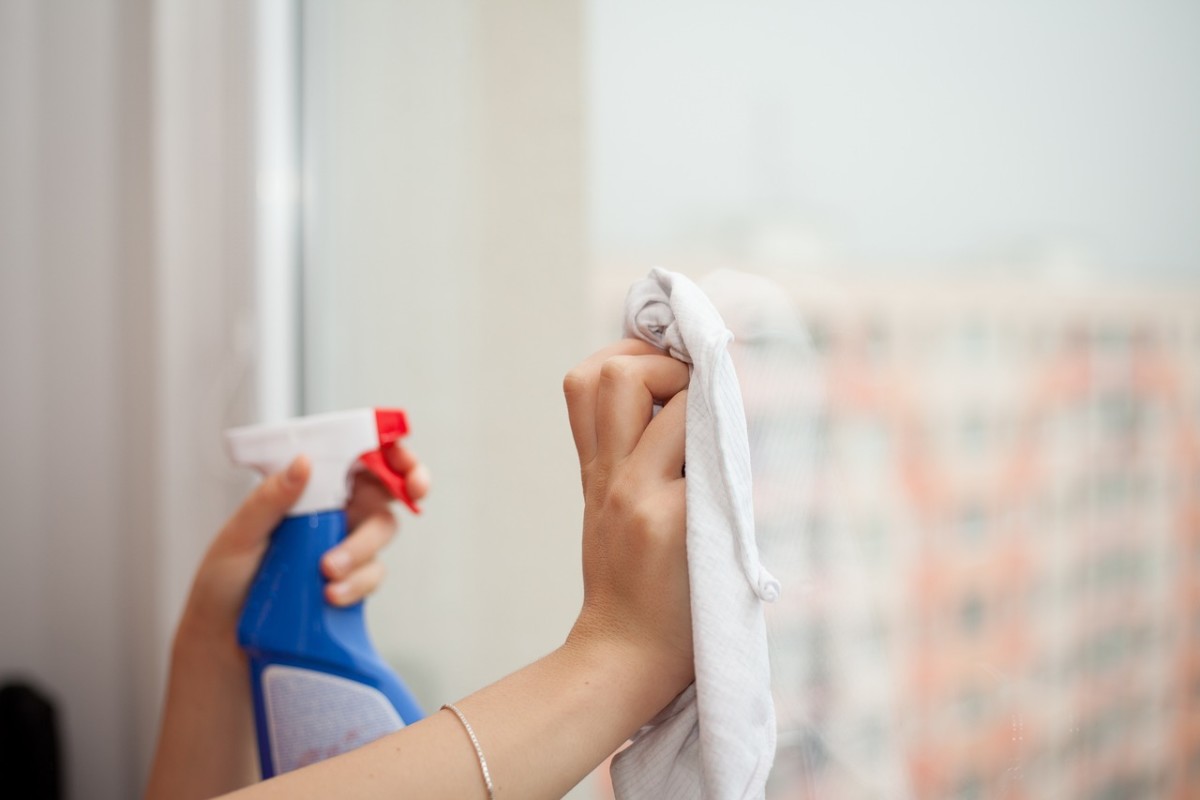- HubPages»
- Home and Garden»
- Cleaning»
- Organizing & Decluttering
How to Teach Yourself to Declutter and Organize
Why Don’t I Know How to Organize?
There can be any number of reasons for why you don’t know how to declutter and organize your home.
Maybe your parents themselves were disorganized and so they were never good role models. They may have never had any one show them how to create and maintain order either.
Maybe your parents were organized, and they found it easier and quicker to tackle tasks on their own as opposed to teaching you the steps to take. Everything was orderly and put away, but you never saw how it was done.
Maybe you were forced to maintain your belongings at your parents’ clutter-free standards. As you got older you rebelled. Now, you have mixed feelings. You want order but you also don’t want your parents to ‘win.’
Maybe you’ve always been messy. Every so often, you put in the effort or get help and put everything in order. This would feel like a fresh start, but you don’t know how to maintain this hard-won order.
These are very different reasons, although the resulting disorder may seem the same. As a professional organizer, let me say that a technique that works for one person won’t help someone else. If a suggestion doesn’t work for you, try something else or tweak what you were doing.
Ready to Give Up the Mess?
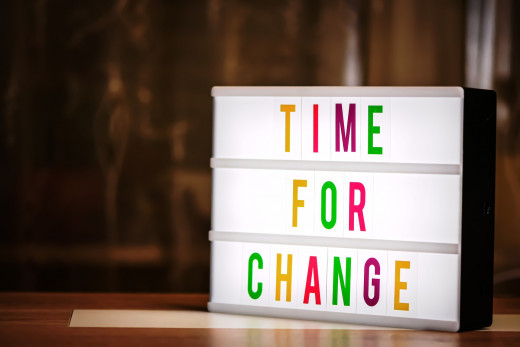
Why You Want to Declutter
Decluttering involves getting rid of things that you don’t, won’t, and can’t use. Maybe you don’t use that juicer because it’s too difficult to clean. Maybe you won’t use those art supplies because you’ve taken up a new hobby. Maybe you can’t wear those pants because you’ve gained weight.
When you identify things that you don’t, won’t, and can’t use, you may think you should hold onto them because “maybe, someday, you’ll need them.”
However, if you have so much stuff in your home that you can’t find misplaced items, feel stressed and overwhelmed, or are embarrassed to invite anyone into your home, then it’s probably a sign that you need less stuff.
Consider why you want to declutter. If someone is pushing you to get organized, you won't stick with the task.
Don’t Buy Storage Bins and Shelves Before You Declutter
Storing items that you don’t, won’t, and can’t use is a waste of your time, energy, and space.
How to Declutter
Declutter items that are out in the open before you move onto stuff in drawers, closets, and cabinets. Pulling items out of drawers and cabinets just adds more stuff to your space.
It doesn’t really matter where you start. You could start at your front door, in the smallest room in your house, or in the room where you most desperately want to see a change. You could also decide to sort through a group of items, such as clothing or books or small kitchen appliances.
Decluttering involves picking up every item you own and deciding if it belongs in your home. If you don’t, won’t, or can’t use it, then the answer is ‘no.’ You want to avoid simply looking at items; you know, opening a drawer or cabinet and glancing inside.
Take each item out of that drawer, pull it off that shelf, pick it up off the floor and consider if you want it, use it, or like it. Wishing thinking, hoping that you’ll use something someday, doesn’t count as know how and when you’ll use something.
Avoid Feeling Overwhelmed

Play The Minimalist Game
Start on the first day of the month and get rid of one item. On the second day, get rid of two items. The day of the month equals the number of items you want to declutter. By the end of the month, you’ll have discarded or donated over 400 items! Repeat as often as you wish.
How Long Does It Take to Declutter Your Home?
It depends on how much stuff you have, how much time you can give to decluttering, and how quickly you can make decisions.
The process can start out slow, and that’s okay. Getting rid of one item a day is progress. On another day you may get rid of a hundred items. A mere fifteen minutes a day adds up to over 90 hours in a year.
In the beginning, you may have a hard time making decisions. However, the more decisions you make, the simpler the process becomes because you’ll use past decisions to inform you on what’s important to you.
One In; Ten Out
While decluttering, if you buy something that won’t get used up (shampoo, food, toilet paper), then discard or donate ten similar items. Bought a book? Donate ten. Bought new sneakers because they were on sale? Donate ten pairs of footwear.
Buying Less Stuff Will Help You Stay Organized

Why You Want to Organize
Sometimes people think being organized means that everything must be perfect, like in a photo. But, really, being organized is about finding what you want when you need it. Putting knickknacks on shelves isn’t organizing, that’s decorating.
When you think, “where will I go looking for this item – and when?” it becomes much easier to decide where to store items.
Leave Sentimental Items for Last
Sentimental items can be knickknacks, letters, cards, clothing, books, really anything in your home. Set these items aside until you’ve decluttered the rest of your home and then keep the items you like best.
How to Organize
Organizing isn’t about folding your clothing perfectly, decanting your pasta and rice into Mason jars, or owning dozens of color-coordinated bins.
With less stuff from decluttering, you’ll have an easier time deciding where to store items. If you use something all the time, you’ll want it near where you’ll use it. Also, avoid storing items in such a way that you must shift other items out of the way to get to what you want. If you store your stapler to the back of a drawer, but you use it all the time, chances are it will be a hassle to put it away and you won’t.
Not putting away things where you store them means that you are leaving them in the wrong place. And that’s how clutter starts.
If you have items that you use just a few times a year, you can store these things on high or low shelves. The garage or attic is also the place to store items like holiday decorations.
And don’t feel that you can’t move things to new places if you don’t like where you decided to store them. With fewer items, you’ll have an easier time rearranging stuff.

